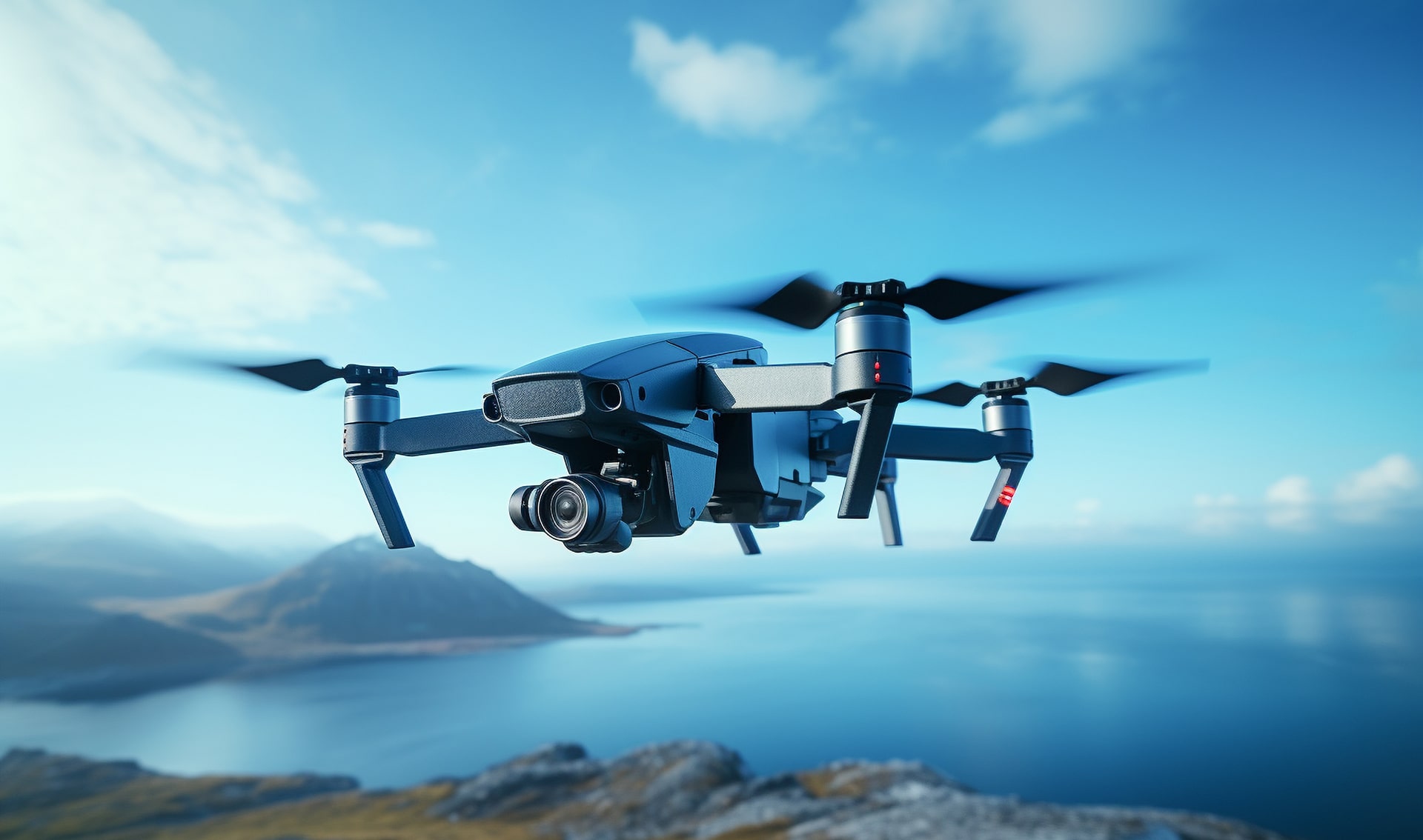FAA Regulations for Drone Pilots
If you’re planning to fly a drone in the United States—especially for commercial purposes—understanding Federal Aviation Administration (FAA) regulations is essential. The FAA is the government agency responsible for ensuring the safety of the national airspace, and it has established specific rules for Unmanned Aircraft Systems (UAS), commonly known as drones.
For commercial drone operators, the key regulation to know is 14 CFR Part 107, which outlines the legal framework for flying drones under 55 pounds for work or business purposes. Whether you want to photograph real estate, inspect construction sites, or provide aerial data services, you must comply with these rules to avoid fines, legal trouble, or airspace violations.
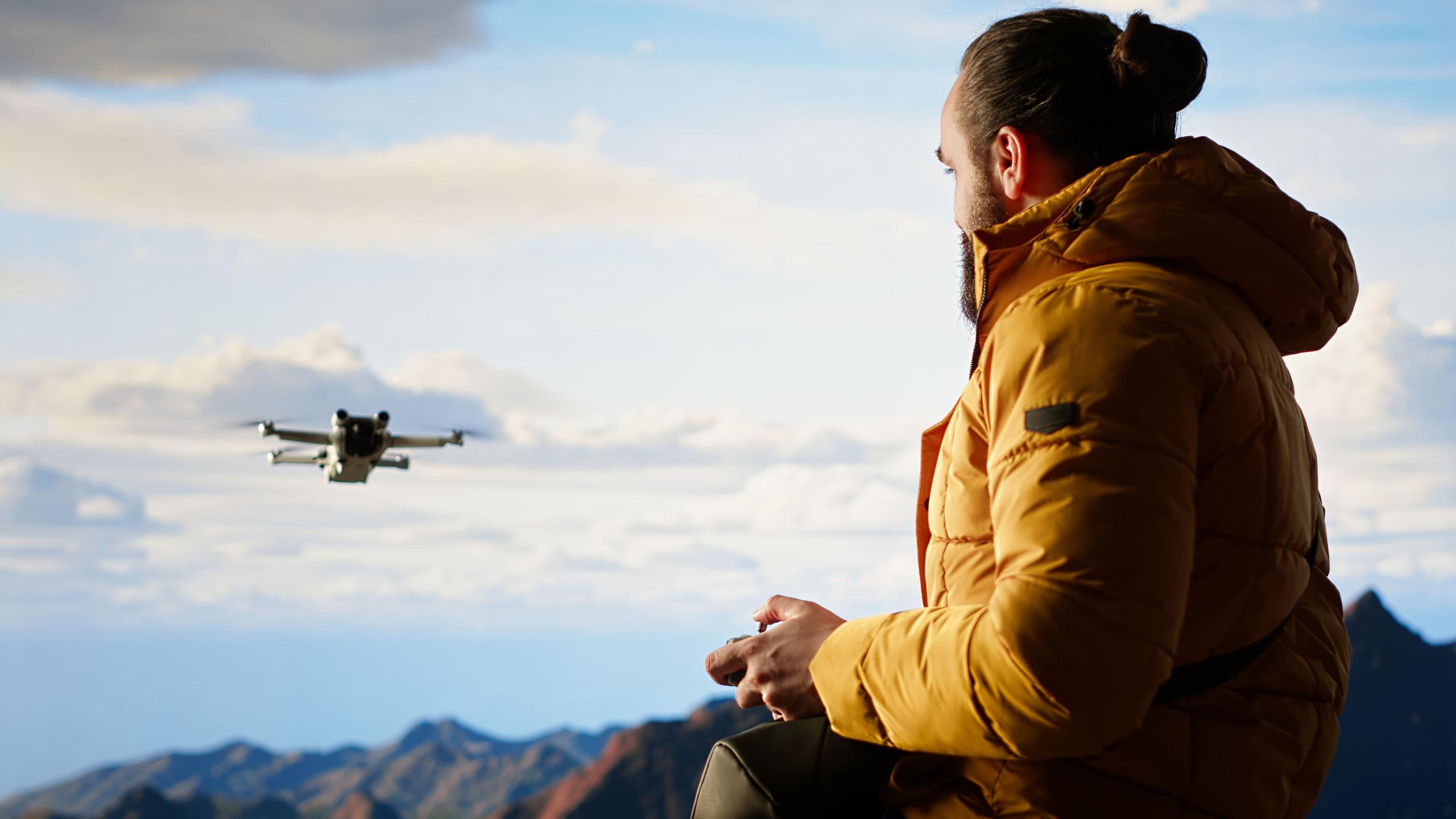
Essential FAA Rules for Drone Pilots
Here’s an overview of the key FAA regulations you need to know before taking flight:
1. Certification Requirement (Part 107)
To fly a drone commercially in the U.S., you must obtain a Remote Pilot Certificate through the FAA. This involves:
- Being at least 16 years old
- Passing the Part 107 Aeronautical Knowledge Test
- Passing a TSA background check
Once certified, you are legally allowed to operate a drone for commercial purposes under the rules of Part 107. This certification must be renewed every two years via a recurrent training course and test.
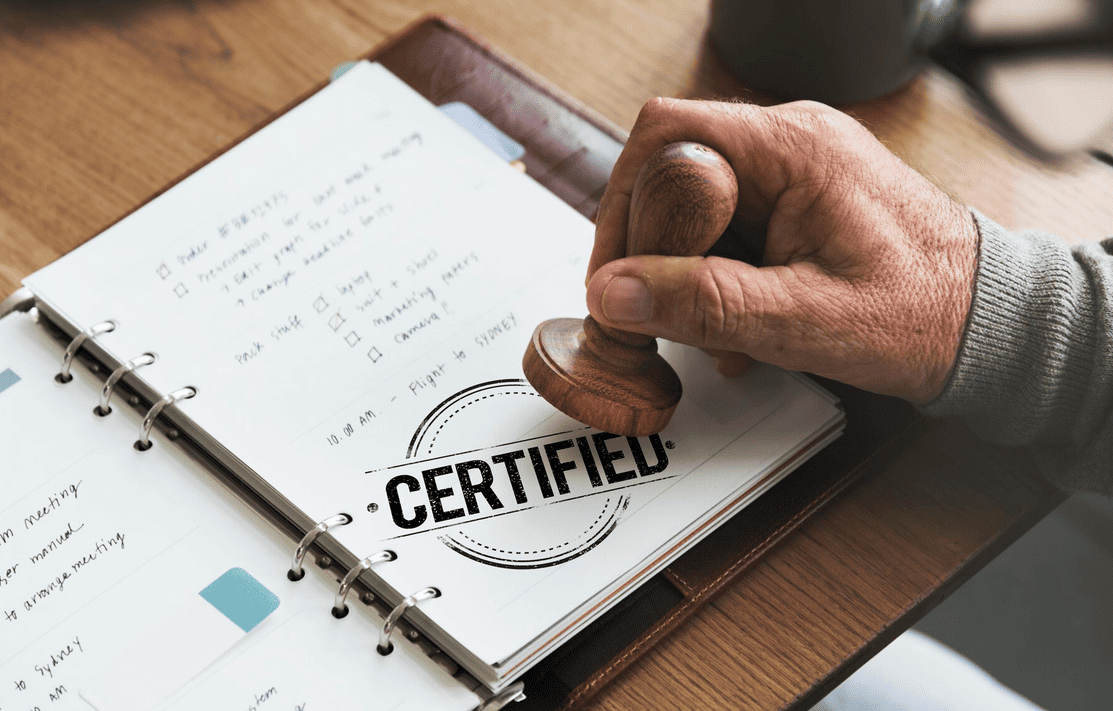
2. Drone Registration
Every drone weighing more than 0.55 lbs (250 grams) and less than 55 lbs must be registered with the FAA, whether used for recreation or work. For commercial use, you'll register under the Part 107 rule, which is different from recreational registration.
When registering, you’ll:
- Pay a small registration fee
- Receive a unique identification number for your drone
- Be required to mark your drone with that number

3. Operating Rules Under Part 107
The FAA sets strict rules on how, where, and when you can fly drones commercially. Some of the key regulations include:
Maximum altitude
400 feet above ground level (AGL), unless within 400 feet of a structure
Line of Sight (LOS)
You must maintain visual line of sight with your drone at all times
Daylight-only operations
Flights must occur during daylight or civil twilight (with anti-collision lights)
Speed limit
Drones may not exceed 100 mph (87 knots)
No flying over people or moving vehicles
Unless you have a specific FAA waiver
Airspace restrictions
You must operate in Class G airspace by default, and need FAA authorization to fly in controlled airspace (Class B, C, D, or E)
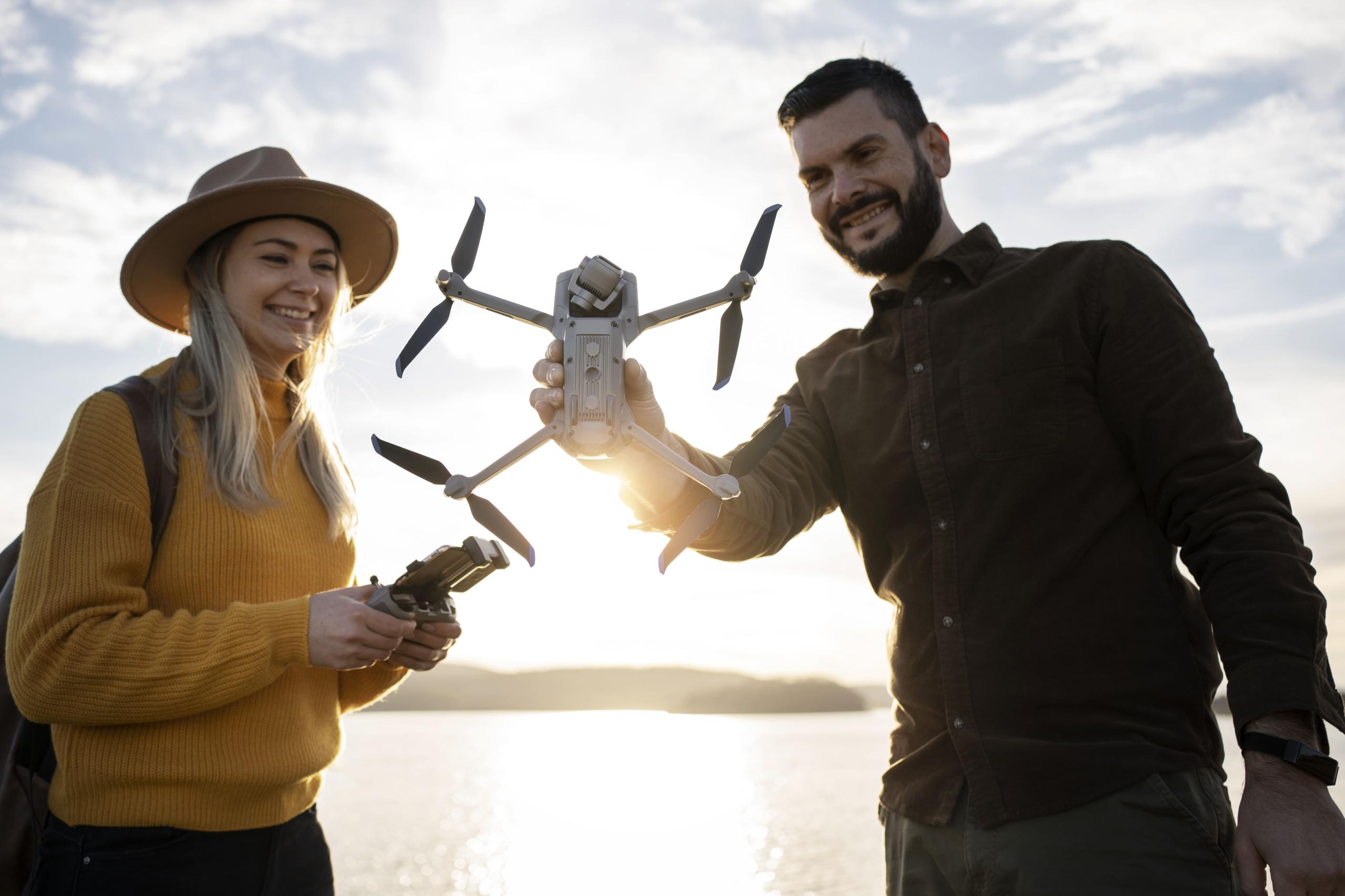
4. Airspace and Authorizations
Airspace is categorized into different classes, and some of it—especially near airports—is controlled airspace. To fly in these zones, commercial pilots must obtain LAANC (Low Altitude Authorization and Notification Capability) authorization or file a request through the FAA DroneZone portal.
Failing to follow airspace restrictions can lead to civil penalties and potential loss of certification.
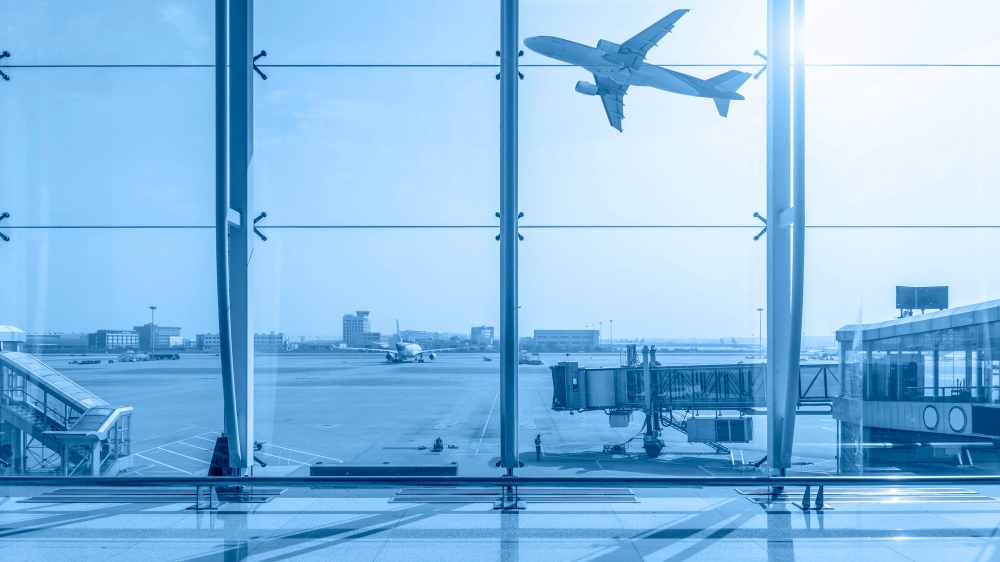
5. Waivers and Exceptions
The FAA offers a waiver process if your mission requires operating outside standard Part 107 rules. For example, you can apply for waivers to:
- Fly at night
- Operate beyond visual line of sight (BVLOS)
- Fly over people or moving vehicles
- Fly over people or moving vehicles
To obtain a waiver, you must demonstrate risk mitigation, safety planning, and operational experience.
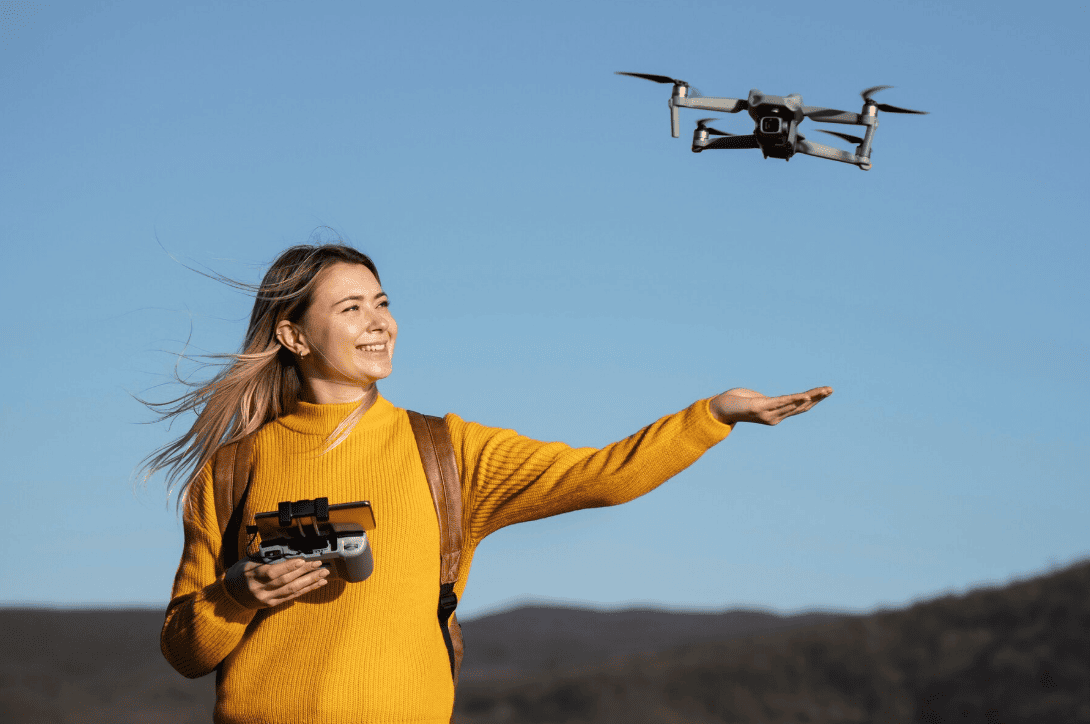
6. Reporting and Incident Requirements
In the event of certain incidents (e.g., serious injury or property damage exceeding $500), Part 107 pilots are required to:
- Report the incident to the FAA within 10 calendar days
- Provide detailed information about what occurred
Being transparent and compliant with incident reporting helps maintain your license and professional reputation.

Why These Regulations Matter
FAA regulations are not just bureaucratic rules—they’re designed to protect public safety, privacy, and national airspace integrity. Following them shows you’re a professional who values safety and respects the responsibility that comes with drone operations.
Adhering to FAA regulations also protects you legally. Unauthorized commercial drone activity can result in fines up to $32,666 per violation, and repeat violations can lead to criminal charges.
